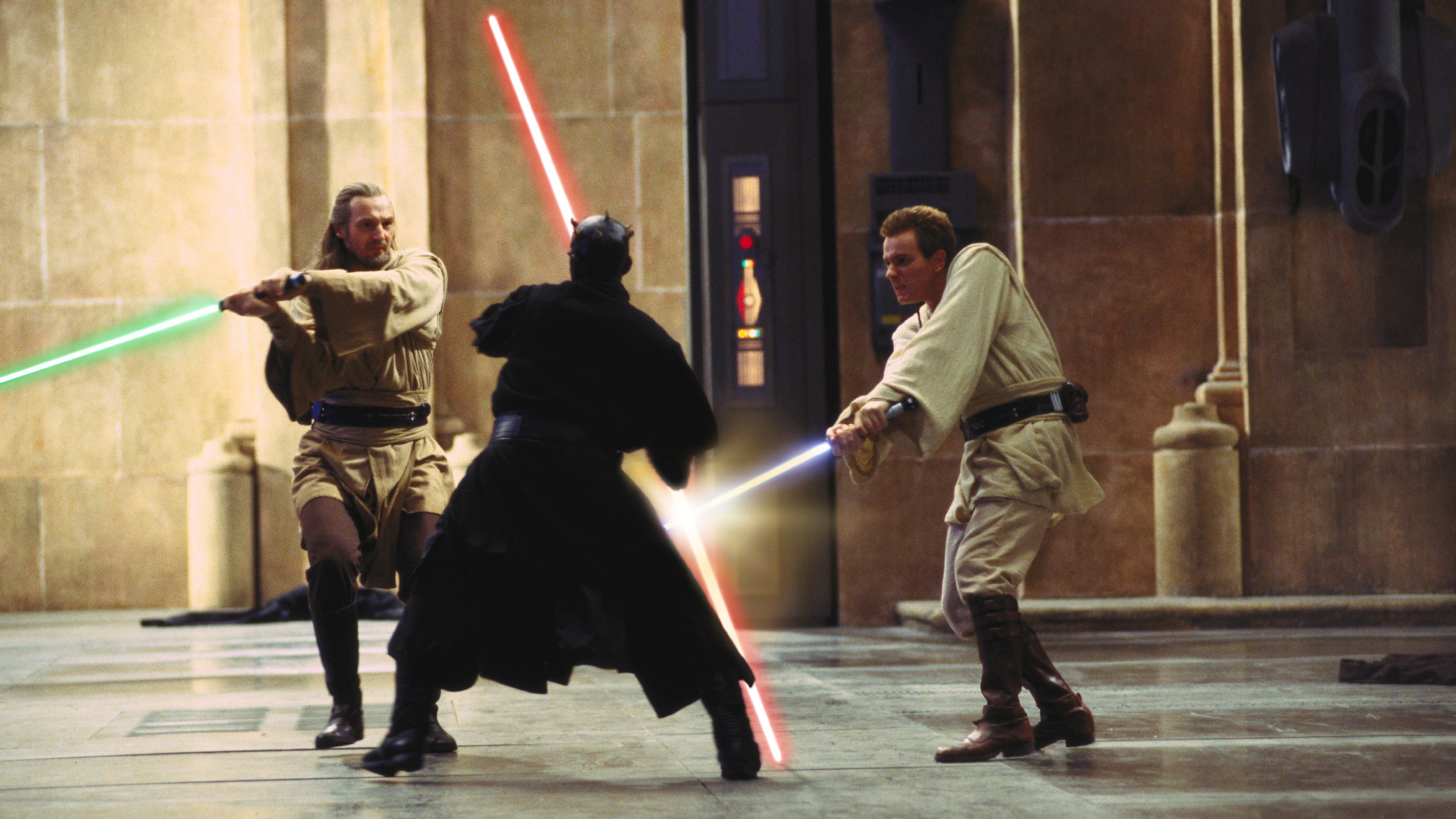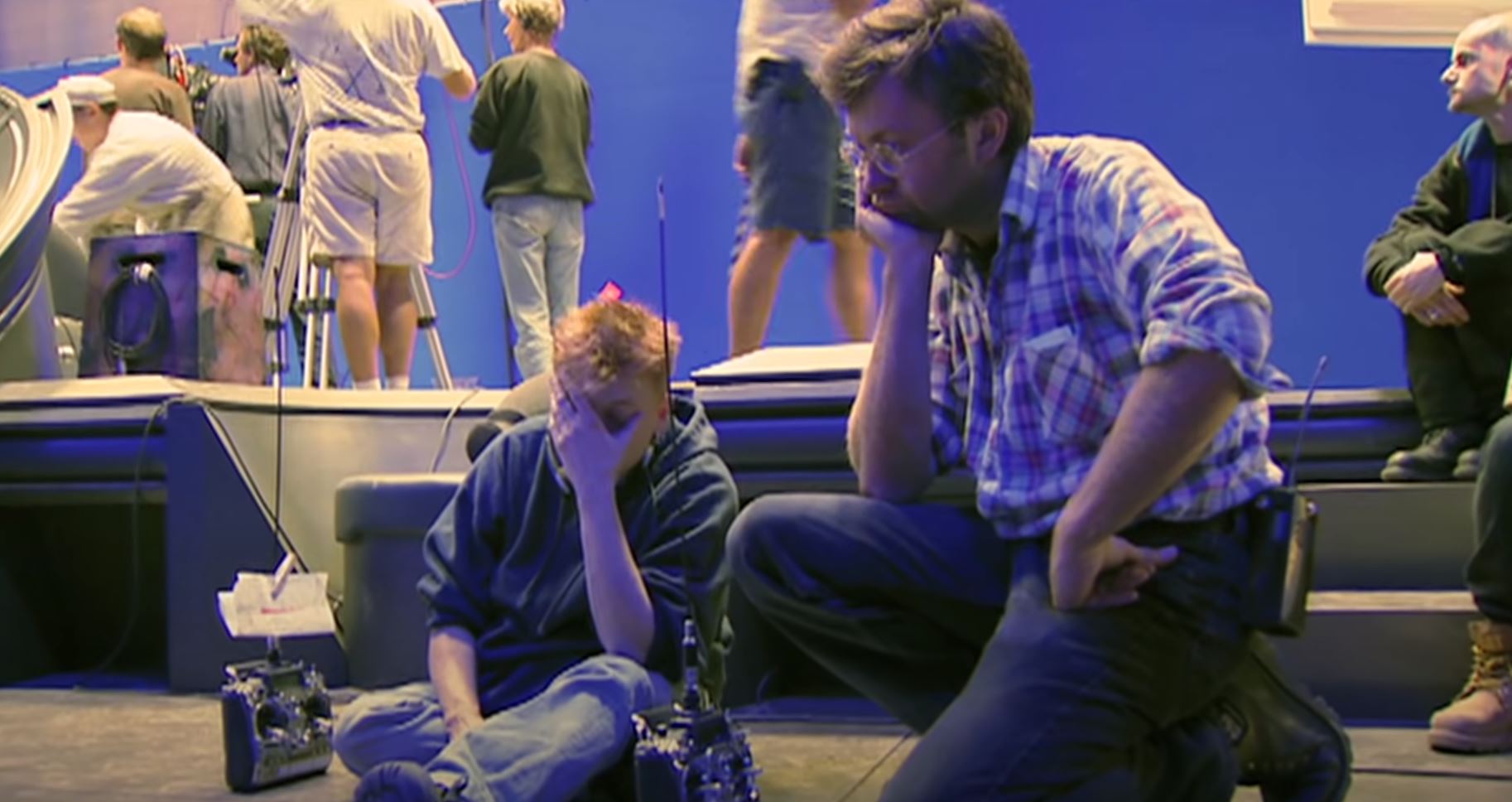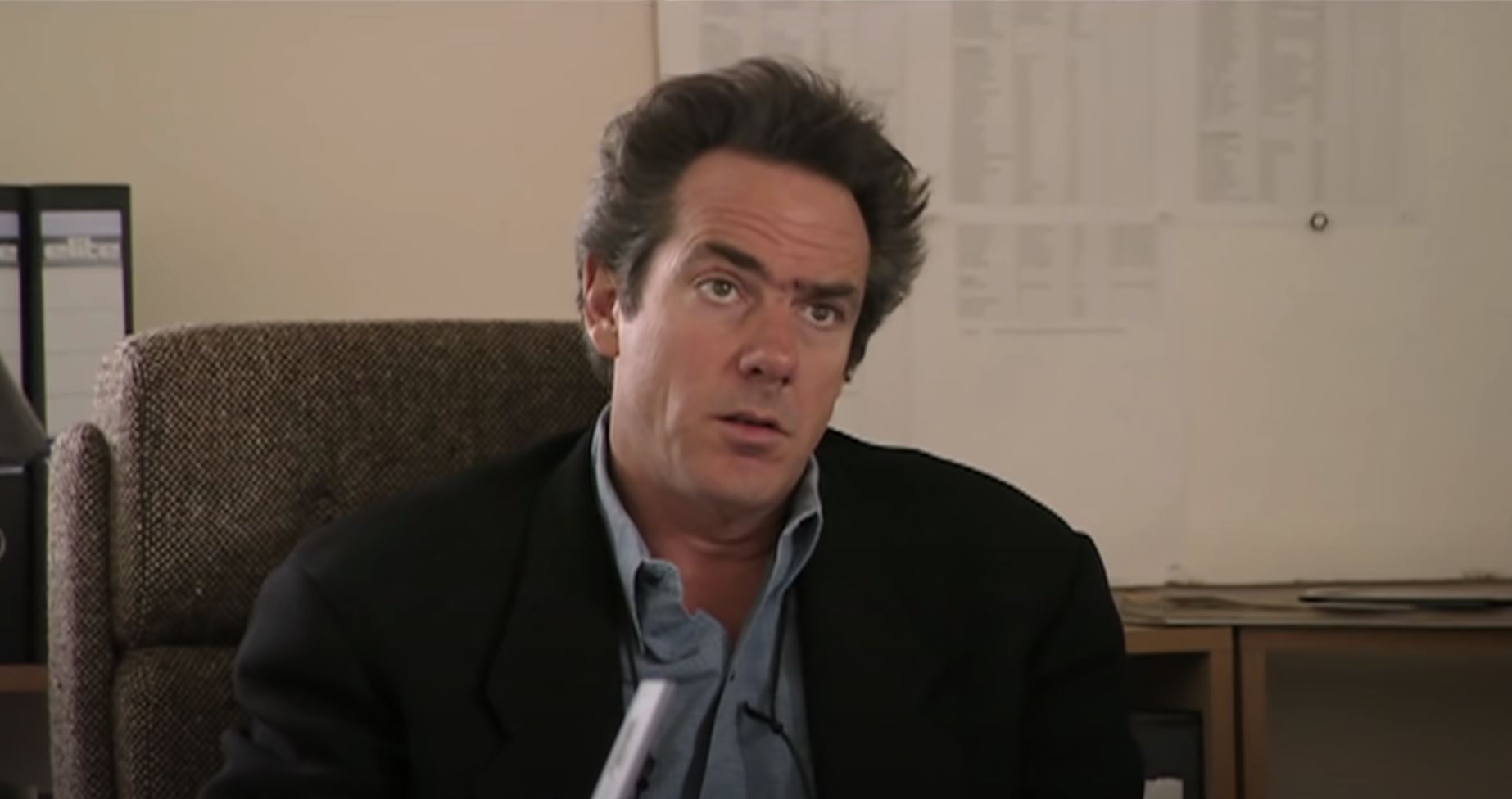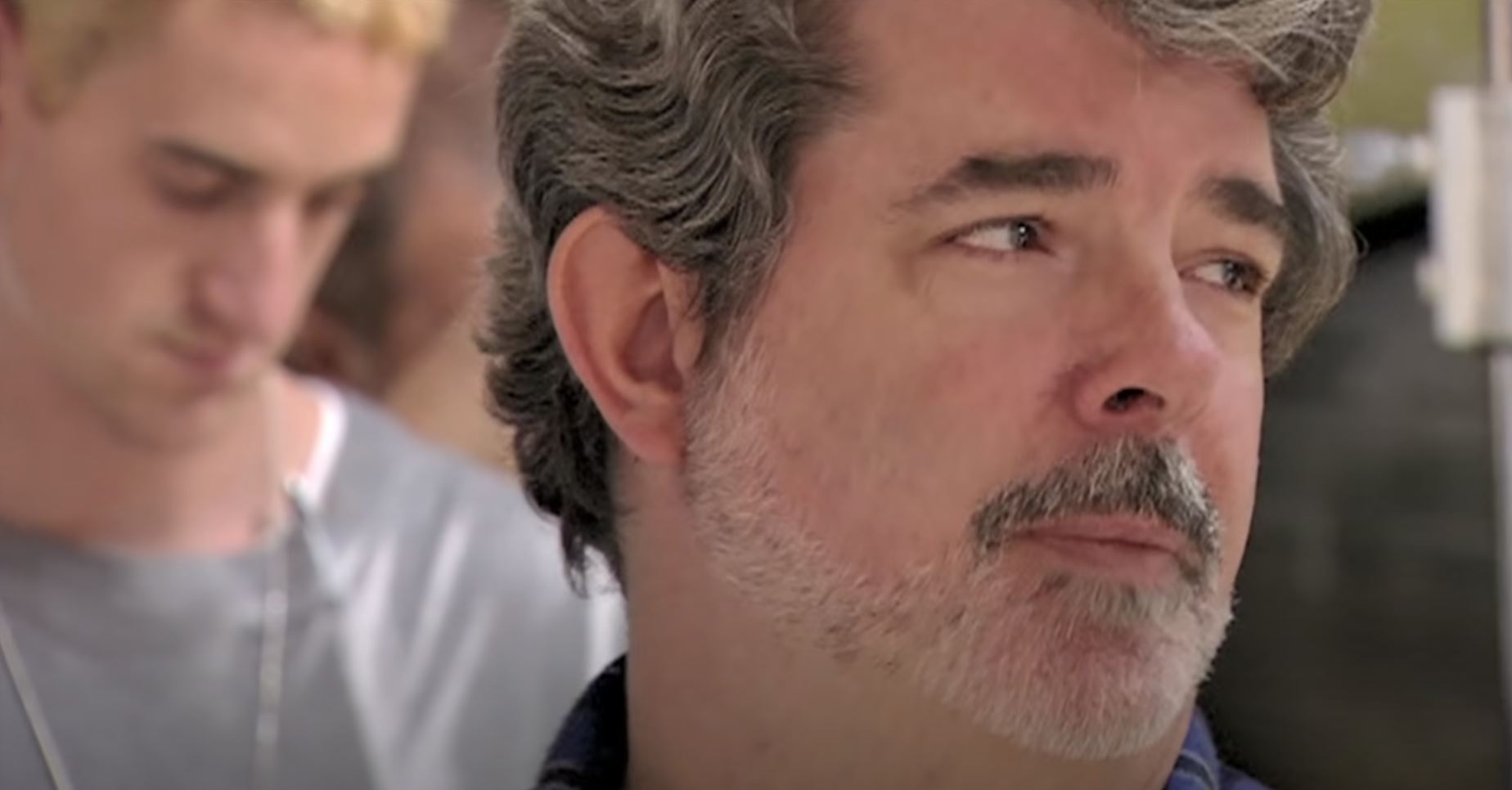The Phantom Menace's making of documentary is better than all the Star Wars prequels combined
A fascinatingly honest look behind the scenes

One of the greatest behind-the-scenes documentaries ever made is The Beginning, which follows the troubled production of divisive Star Wars prequel The Phantom Menace. You'd expect an official Star Wars making of to be a shiny piece of studio-approved propaganda, full of carefully selected talking heads saying how great the film is and what an honor it was to be a part of it.
But The Beginning, which was included as an extra on the Phantom Menace DVD but isn't currently on Disney Plus, is a surprisingly raw, candid, and unflattering look at the development of the film, from the earliest stages of pre-production to its release in May, 1999. And it goes a long way toward explaining why the finished product was such a mess, despite its (at the time) groundbreaking effects. "The biggest trap people fall into with these kinds of movies," Lucas tells Ewan McGregor. "They go too far."
- The best Disney Plus documentaries
- How to watch the Star Wars movies in order
- Why Solo is secretly a great Star Wars movie
The documentary begins five months before shooting, in an eerily quiet meeting room at Skywalker Ranch. Staff from Industrial Light & Magic, including VFX legend John Knoll, watch as Lucas marks a storyboard of the entire film with highlighters. If he scribbles pink over something, that's an actor or a set. Something that can be filmed with a camera. If he marks it yellow, it's an effects shot. "This is you guys." he says, covering a sketch of a starship in yellow.
As the storyboard becomes increasingly smeared in yellow, producer Rick McCallum looks on stony faced, aggressively chewing a piece of gum. "This is gonna be tricky." says Lucas, scrawling yet more fluorescent yellow on the storyboard as VFX producer Jeff Olson shoots someone a severe look. "We don't have a real good way of doing that right now," Knoll says to Lucas about an effects shot for the battle at the end of the movie, smiling, but clearly concerned.
The silence in the room is deafening, broken only by an uncomfortable laugh when Lucas makes a mistake. And this chilly atmosphere is present throughout the doc, as if the people around Lucas are afraid to step on his toes, or question anything he says. Which might explain why the film is the way it is. Lucas seems to be surrounded by yes men, smiling and nodding at anything he says.

Later, Lucas auditions three boys for the role of Anakin. He watches as they go through a scene with Natalie Portman, and one in particular, Devon Michael, stands out. He delivers his lines naturally (no small feat, given how clumsy the dialogue is) and has the kind of quiet intensity you'd expect from a kid who grows up to be Darth Vader. He even looks like Mark Hamill. But Lucas decides to cast Jake Lloyd instead, whose audition was comparatively awkward and stilted.
When filming begins at Leavesden Studios in Watford, things aren't much rosier. Lucas is visibly frustrated by Jake Lloyd mispronouncing the name of a planet, and lamets to Knoll between takes about struggling to get the right kind of performance out of him. In Tunisia, a freak storm destroys the set and it's heartbreaking to see the hard work of the designers lying in pieces. "This is fucking grim," says McCallum, standing next to the broken pieces of Anakin's podracer.
Get daily insight, inspiration and deals in your inbox
Sign up for breaking news, reviews, opinion, top tech deals, and more.
As Lucas watches test footage of Jar Jar Binks – one clip is fully animated, the other a head replacement for actor Ahmed Best – Knoll notes that the animated version took half the man hours. "Oh," says Lucas. "So we spent $100,000 on the suit that we didn't need to spend?" A slightly petty thing to quibble over in a $50 million production. Knoll seems annoyed by this, grinning to himself as he explains the suit was still useful as a reference for the 3D artists.

One of the most revealing moments in the documentary is when a beleaguered-looking McCallum tells the camera, smiling, that "everyone's in the right frame of mind", before suddenly gazing solemnly into the middle distance, smile gone, chewing that gum again. Then we cut to two members of the effects crew sitting on the floor, heads in their hands, looking like they've just returned from a war. Did anyone enjoy making this thing besides Ewan McGregor? His infectious enthusiasm for the role is the one glimmer of light here.
We spend some time in the editing room with co-director Ben Burtt, who seems flustered by Lucas asking him to digitally cobble together scenes from different takes. "Well, you got the George 'I'm directing here in the editing room' sequence," Burtt says to the documentary crew when Lucas leaves, a wry smile on his face, spinning in his chair. "Which is what he loves to do."
Then it's time for a screening of the first cut of the movie. "It's a little disjointed," says Lucas afterwards. "It's bold in terms of jerking people around, but… I may have gone too far in a few places." You can't help but think of what he told McGregor earlier. Burtt criticizes the pacing of the editing and tonal inconsistency. Then a shot of McCallum at the back of the room, bathed in half-light like Colonel Kurtz at the end of Apocalypse Now, with a grim look on his face.

The Beginning ends with footage you'd expect from a more standard making of doc. Fans in costumes queuing around the block to see the movie, waving lightsabers around, cheering, and high-fiving. One guy falls to his knees in joy before sprinting into the theatre.
But knowing what the film would become, and its legacy, these images read very differently. You can't really blame these people, though. The first trailer was superb, and there was that evocative poster of Anakin with Vader's shadow looming behind him. All signs pointed to it being great.
The Phantom Menace was a success in many ways. It killed at the box office, of course. But it was also a victory for ILM, who managed to pull off everything Lucas asked for, including that battle scene that was worrying John Knoll. But it's something of a hollow victory, because for all its revolutionary special effects, The Phantom Menace is plagued by awkward dialogue, a ponderous story, too much CG, and (with a few exceptions) boring, miscast characters.
But at the very least, we did get this strange, fascinating documentary out of it.